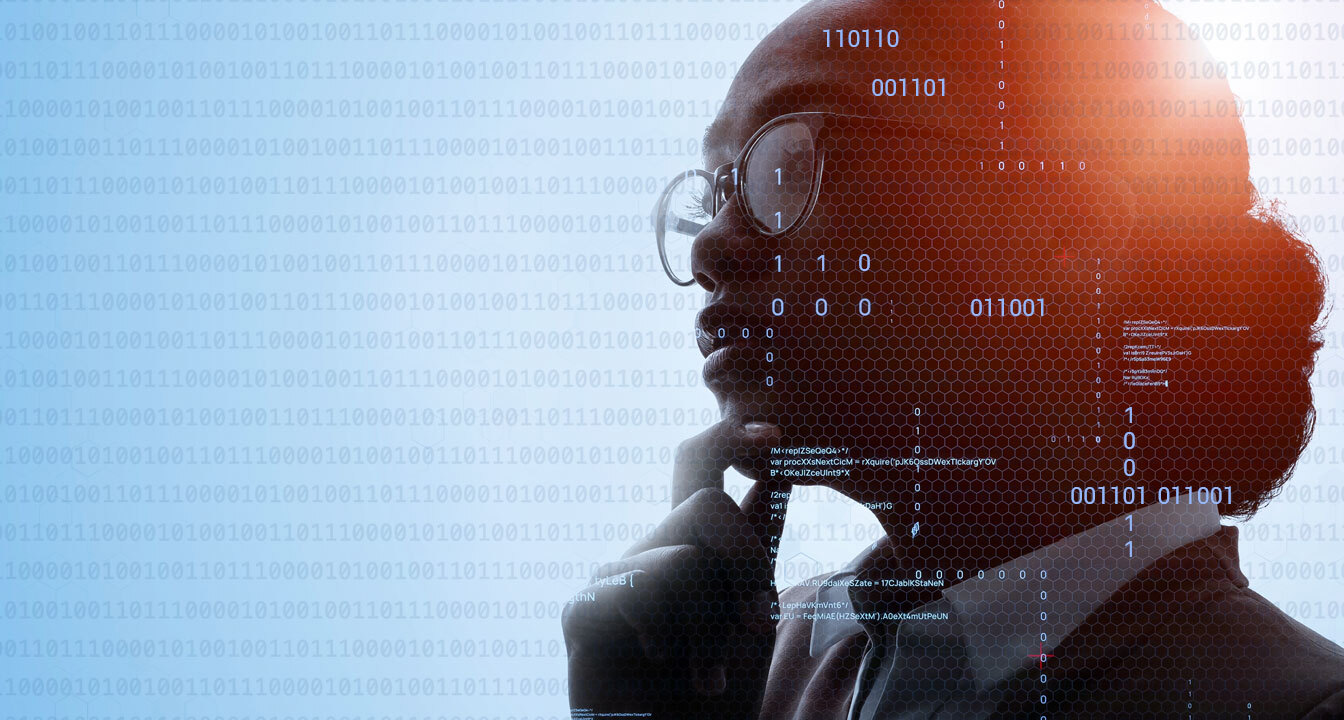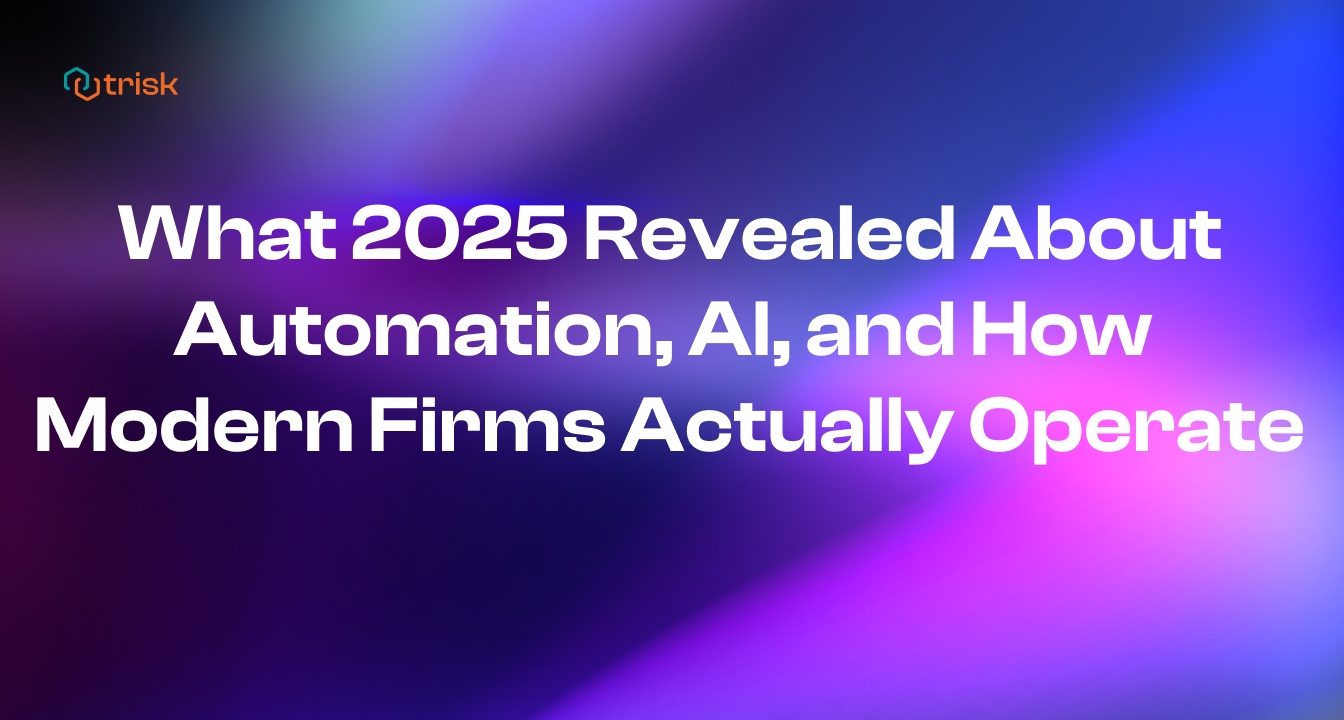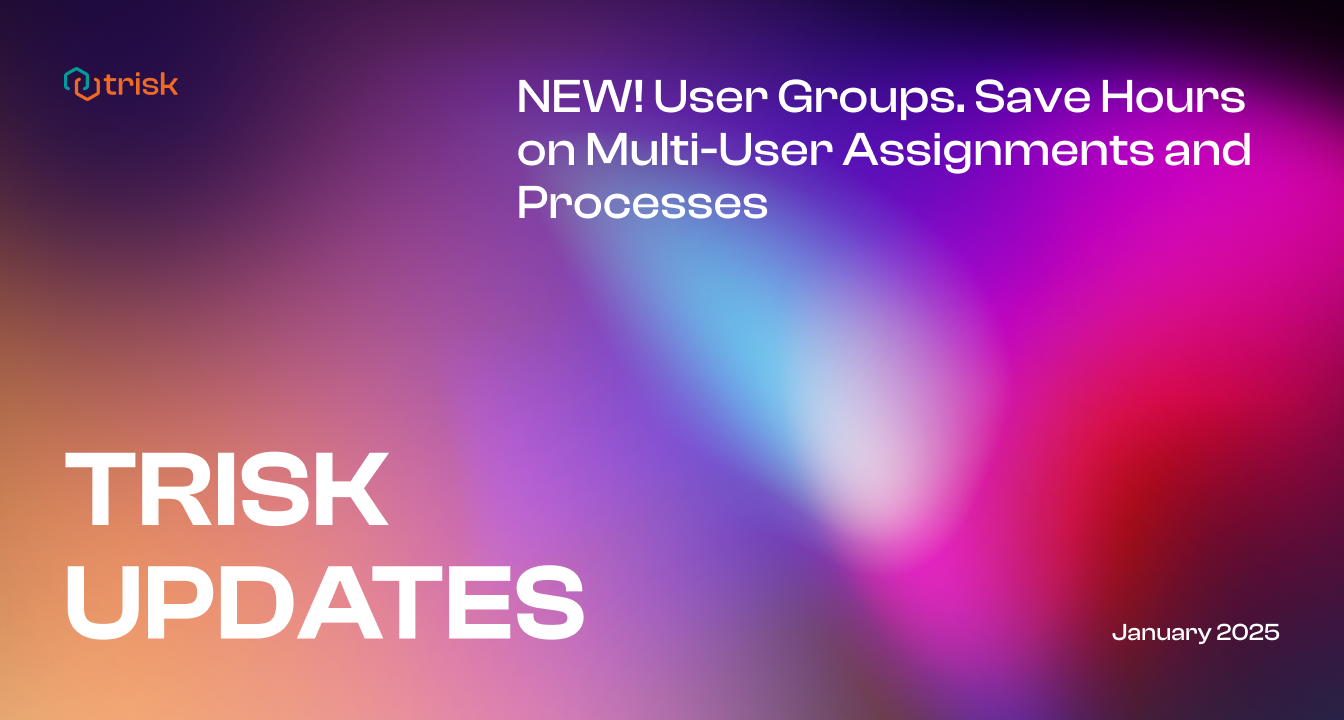“To err is human but to really foul things up requires a computer.”
– Paul R. Ehrlich.
I remember seeing this quote early in my career as a tax professional. In the context of the Internal Revenue Service, I couldn’t agree more.
Now, in my second career as co-founder of a SaaS company, I see it very differently.
In today’s world of ERP systems, billions are spent implementing massive software programs to ensure that data moves quickly and safely around organizations. A quick internet search indicates the cost to implement is often between 100% and 200% of the software license fees. My experience has been that it’s closer to 500%.
Why so much?
Humans. People are fallible. We make mistakes. No matter how well intentioned one might be, I guarantee one or more balls will be dropped. The process of designing, loading and testing these ERP systems is dependent on people to do it. Once it’s done, once testing is successfully complete and the software “goes live,” it generally works. Computers are binary. There’s no in-between.
The goal is to automate people, to make them more efficient, like computers.
Think about the binary operation of a computer. It’s either a 0 or a 1. That’s it. Each task a computer undertakes is that simple. It’s the aggregation of thousands if not millions of 0 or 1 decisions that make computers work.
Humans need to be more binary in how they work. We can’t do everything at once. Multi-tasking doesn’t really work.
The problem is that the human brain cannot work that way. Now, I’m not a scientist, so I can only speak from 45 years of business experience. Unlike computers, people don’t stay focused. If you’ve ever tried meditating, you know how thoughts pop into your consciousness. We can’t help it.
To help address this reality, we need computers and software to help us stay on task.
Let’s go back to computers for a minute. These multi-million-dollar installations would be worthless scrap without software. We know that people must develop software tools to make computers run. The creation of software requires specialized expertise and an investment of time and money to get the computers to do what you want them to do.
Do you see where I’m going?
If you want people to do what you want them to, you must make the necessary investment of time and money. But this investment must be calculated.
Here’s where I go back to my opening statement. Computers can help people NOT really screw things up!
- 0 or 1 – Lots of little actions add up to a big result. Short and sweet! Don’t overwhelm your employee with complex series of interrelated thoughts and actions.
- To do list – Take charge of your employees’ to do lists. Like a software developer, you need to make the investment to embed your expertise into their process.
- Reward employees – Simple rewards work. In the software world it’s called “gamification”. It’s amazing how effective a simple “Congratulations! Job Well Done” pop-up can be when a simple task is completed.
- Automatically remove completed tasks from the To Do list. This is simple but important. You want to re-enforce the 0 or 1 approach.
- Delegate tasks, not responsibility – Well designed software, properly implemented, will enable automated delegation and enable all employees to focus on their 0 or 1.
- Let the computer do the heavy lifting. Properly designed, software will alert employees to tasks and track performance.
In summary, its well accepted that the success of an entire group depends on the success of each individual member of the group. When somebody gets hung up on an individual task, it jeopardizes the success of the project.
Don’t let this happen to you. By rethinking the way you want your people to interact with each other, with your computers, and with your customers, you’ll get a new perspective on binary thinking. It’s a good thing.


